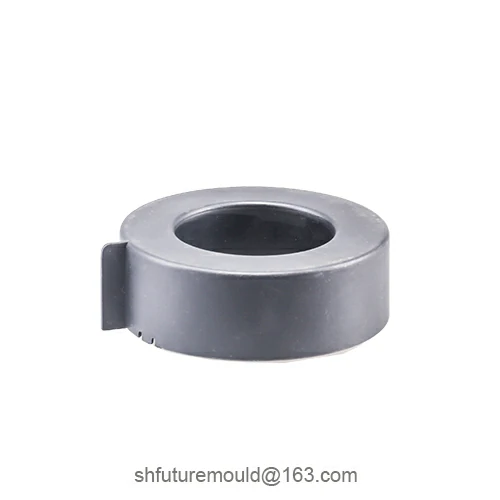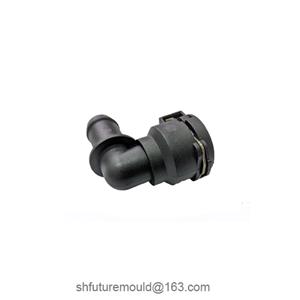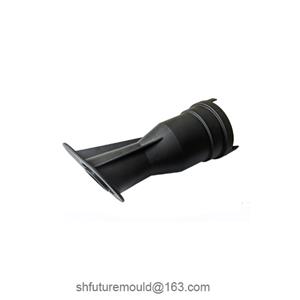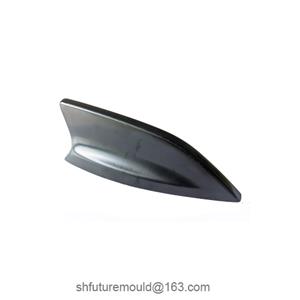Injection Mold Manufacturing Cycle
As a critical tool for plastic product production, the manufacturing cycle of injection molds directly impacts product delivery timelines, production costs, and quality. Rational planning and optimization of this cycle not only shorten time-to-market but also enhance manufacturing efficiency and stability.
Key Stages of Injection Mold Manufacturing
1. Design Phase
Conceptual and Schematic Design
Determine the mold’s basic configuration and working principles based on product structure and production requirements, followed by preliminary manufacturing plans.
Detailed Design and Simulation Analysis
Use CAD/CAE software to finalize detailed designs for mold components, including runner design, stress analysis, and thermal simulations, ensuring feasibility and rationality.
Process Planning
Develop detailed machining workflows, including machine tool selection, tooling configuration, cutting parameter settings, and heat treatment plans, providing guidance for subsequent stages.
2. Machining Phase
Rough and Semi-Finishing Machining
Milling, turning, and other equipment are used to remove excess material from mold blanks, laying the foundation for precision machining.
Precision Machining and EDM
Employ high-precision CNC machines, wire cutting, or electrical discharge machining (EDM) to refine critical mold areas, ensuring dimensional accuracy and surface quality.
Heat Treatment and Surface Treatments
Enhance mechanical properties through heat treatment, polishing, coating, or other surface treatments to improve wear resistance and service life.
3. Assembly and Debugging Phase
Component Assembly
Assemble machined parts to ensure coordinated movement of all components and compliance with design tolerances.
Preliminary Testing
Conduct pre-debugging to validate motion paths, reset mechanisms, and guiding systems, addressing assembly deviations promptly.
Trial Molding and Modifications
Test mold performance through actual injection trials, inspecting molded parts for dimensional accuracy, surface quality, and structural integrity. Make localized adjustments to ensure stable operation.
4. Pre-Production Finalization
Process Optimization and Data Documentation
Refine manufacturing processes and mold designs based on trial results, establishing standardized data and technical documents for mass production.
Maintenance Planning
Develop detailed maintenance protocols to ensure long-term mold stability, extend lifespan, and minimize downtime caused by repairs.
- Injection Mold
- Automotive Injection Mold
- Electronics & Electrical Injection Mold
- Consumer Goods Injection Mold
- Airplane Components Injection Mold
- Medical Components Injection Mold
- Irrigation Components Injection Mold
- Injection Molds




